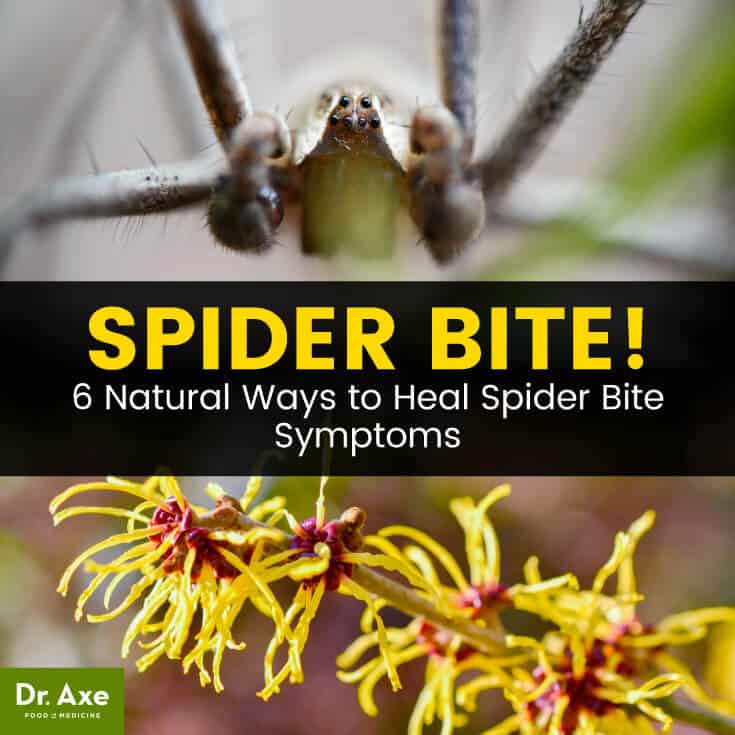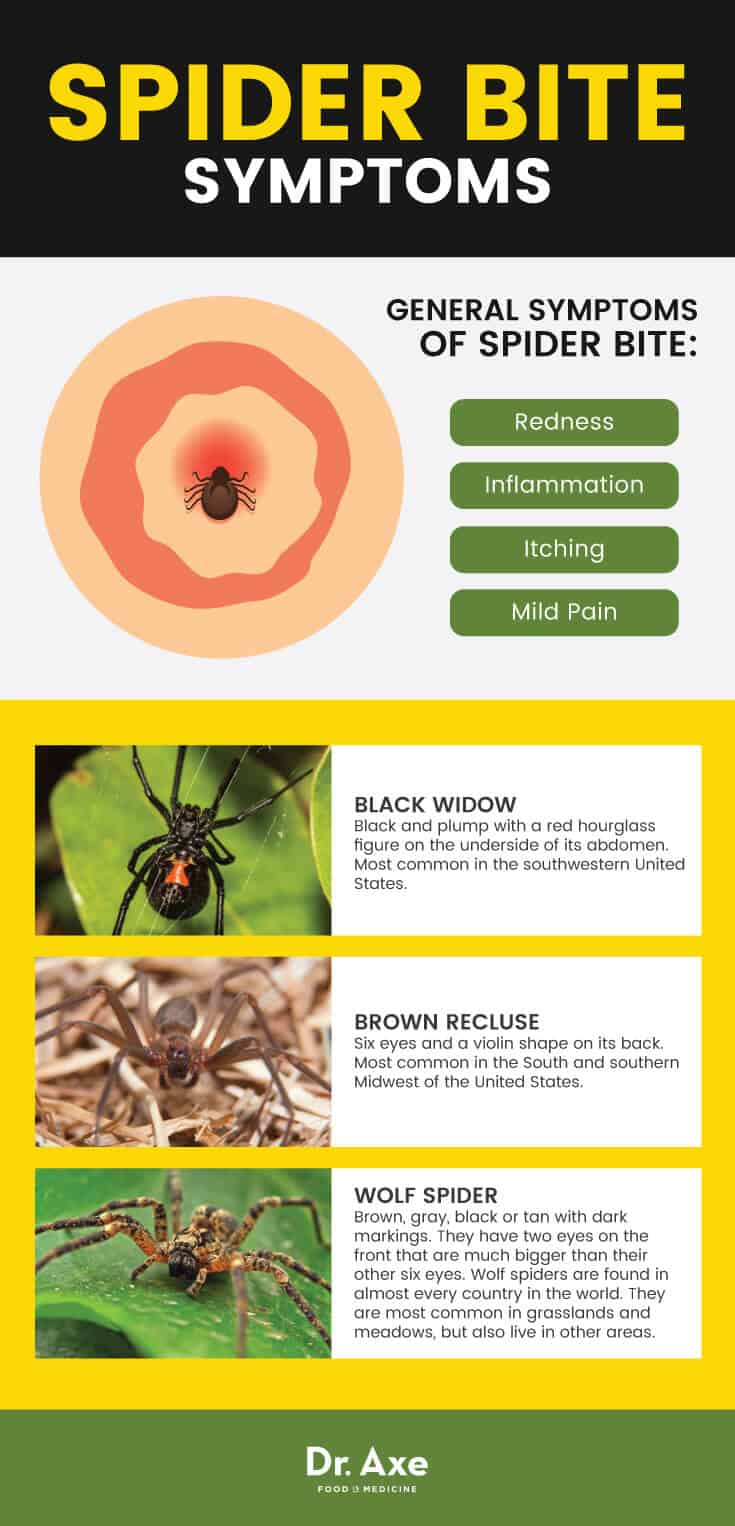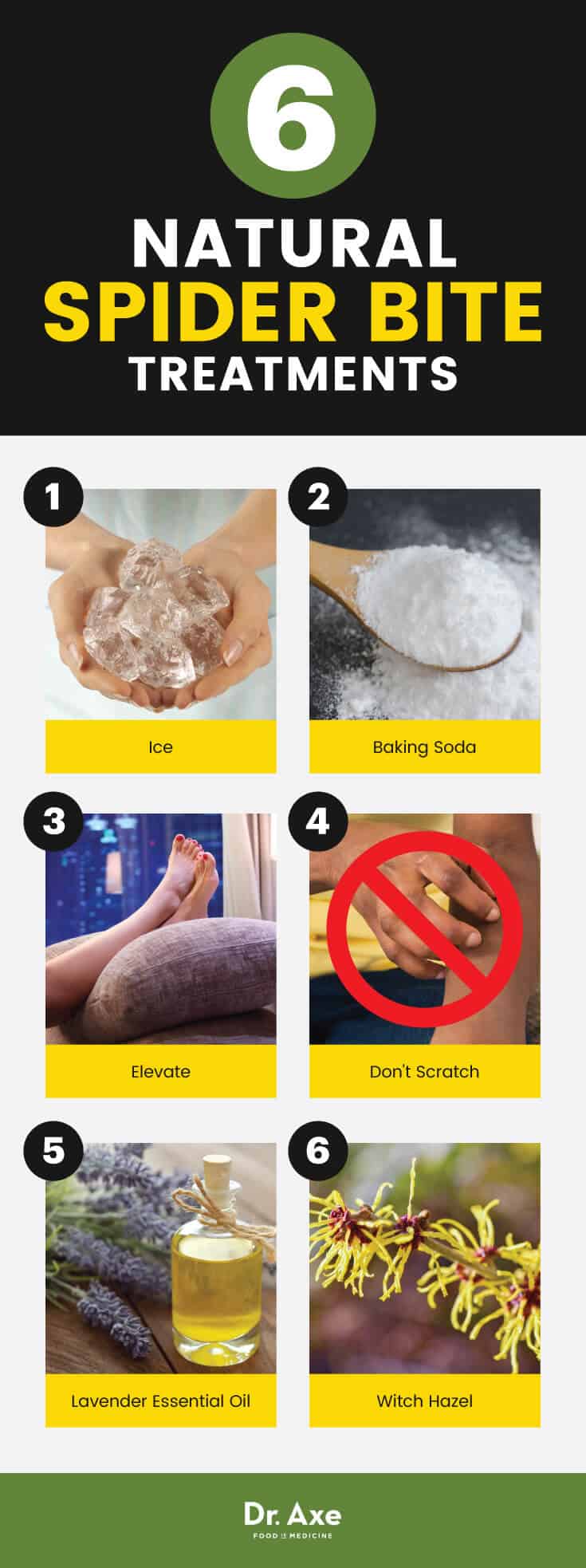This Dr. Axe content is medically reviewed or fact checked to ensure factually accurate information.
With strict editorial sourcing guidelines, we only link to academic research institutions, reputable media sites and, when research is available, medically peer-reviewed studies. Note that the numbers in parentheses (1, 2, etc.) are clickable links to these studies.
The information in our articles is NOT intended to replace a one-on-one relationship with a qualified health care professional and is not intended as medical advice.
This article is based on scientific evidence, written by experts and fact checked by our trained editorial staff. Note that the numbers in parentheses (1, 2, etc.) are clickable links to medically peer-reviewed studies.
Our team includes licensed nutritionists and dietitians, certified health education specialists, as well as certified strength and conditioning specialists, personal trainers and corrective exercise specialists. Our team aims to be not only thorough with its research, but also objective and unbiased.
The information in our articles is NOT intended to replace a one-on-one relationship with a qualified health care professional and is not intended as medical advice.
Spider Bite Symptoms + 6 Easy Natural Treatments
May 18, 2017

Sometimes you get a bug bite and you have no idea what on earth bit you. Could it be a mosquito? Was it a spider? Wait, a spider can bite? Yes, unfortunately spiders can bite you and they often strike when you least expect it (like when you’re sleeping).
A spider bite, or arachnidism, is defined as an injury resulting from the bite of a spider. All spiders have fangs and most also have venom that enables them to kill their prey. However, only a select group of spiders have fangs that can break through the skin of humans and inject venom that can possibly cause harm. Spiders that fall in this risky-to-humans category include black widow, wolf, brown recluse, hobo and camel spiders. (1)
It’s really helpful to know the symptoms of a spider bite because if you know spider bite symptoms, then you can choose the right course of treatment. Additionally, not all spiders are created equal. Depending on the type of spider that bites you, spider bite symptoms can range from very mild to outright poisonous. What does a spider bite look like? What are the symptoms of a brown recluse spider bite? I’m about to tell you all about specific spider bite symptoms to look for and also how to treat a spider bite at home using natural remedies
Types of Spider Bites
When it comes to spider bites, there are several options for the spider behind the bite. There are actually somewhere around 40,000 different species of spiders around the world! For an adult human in good health, only around a dozen of those thousands can cause major harm. (2)
In the United States, the black widow and the brown recluse spider are two of the top concerning spiders when it comes to spider bites. The good news is that serious medical complications and deaths from spider bites are not very common. Generally speaking, spiders don’t go around looking to bite humans. When a spider bites a human it is almost always in self defense. How so? Well, when a spider gets caught between an object or surface and your skin, then it feels trapped and is more likely to bite. For example, if a spider is in a boot you haven’t worn in a while and you put your foot into it, then the spider is now trapped between your foot and the boot’s interior. (3)
The spiders that can possibly pose a threat to you vary depending upon the state you live in. I recommend familiarizing yourself with the appearance of threatening spiders that you may possibly come in contact with at some point in your life. In the United States, some of the spiders to watch out for include the following: the black widow spider, the brown recluse spider, the red widow spider, the hobo spider, the mouse spider and the wolf spider. (4)

Spider Bite Symptoms
A lot of times, it’s hard to know what type of spider bit you because you may not notice the bite until hours after it actually happened. It can also be hard to tell a spider bite from other types of bug bites. So what does a spider bite look like? In general, a spider bite looks like most bug bites: a red and inflamed bump. Like other bug bites, a spider bite is also typically itchy and/or painful. The degree of intensity of spider bite symptoms depends on the spider type, the amount of venom injected and your body’s sensitivity to the venom.
General symptoms of spider bite: (5)
- Redness
- Inflammation
- Itching
- Mild pain
“House spider” is a generic term that describes a variety of spiders often found in human dwellings. House spider bite symptoms can vary depending upon the specific type of house spider behind the bite.
A black widow spider is plump and black with a red hourglass figure on the underside of its abdomen. Black widow spider bite symptoms can include: (6, 7)
- Pain and burning at bite site that typically starts within an hour of being bitten.
- Pain mainly located around the bite area, but it can spread into the chest, back or abdomen.
- Abdominal cramping or rigidity so intense that it may be mistaken for appendicitis or a ruptured appendix.
- Increased sweating and saliva production.
- Headache
- High blood pressure
- Nausea and vomiting
- Numbness
- Restlessness
A brown recluse spider has six eyes and violin shape on its back. Brown recluse spider bite symptoms can include: (8, 9)
- Pain and itching that increases within the first eight hours of being bitten.
- A bite that looks similar to a bull’s-eye with a central blister that scabs and falls off, leaving a small ulcer
- Fever
- Chills
- Body aches
- Bites can heal on their own within one week.
- Sometimes, the skin at the center of the bite can become dark blue/purple and turn into a deep open sore that enlarges as the surrounding skin dies. This ulcer usually stops growing within 10 days after the bite, but full healing can take months.
- Death of a sizeable area of skin (skin necrosis) resulting in a deep, scarring ulcer.
- Children may be at risk for an allergic reaction to the venom.
Wolf spiders are usually brown, gray, black or tan with dark markings. They have two eyes in front that are much bigger than their other six eyes. Wolf spider bite symptoms can include: (10)
- A bite that tears the skin and causes pain, redness, and swelling.
- Swollen lymph glands.
- Healing can take up to 10 days.
- In rare cases, the bite can cause tissue damage.
Spider Bite Risk Factors
Dangerous spider bites are not common in the United States; however, some things can increase your risk of being bitten by a spider. As I said earlier, your risk of specific kinds of spider bites depends upon the state that you live in. For example, black widow and brown recluse spiders both prefer warm climates and dark, dry places. Spiders don’t typically look to attack humans, but a major risk factor for any spider spite is disturbing the area in which they live.
If you live in the southwestern United States, then you are more likely to come in contact with a black widow spider. Some areas to watch out for include woodpiles, garages, sheds and unused gardening pots or other containers. Another spider that is dangerous to humans in the U.S. is the brown recluse spider, which is most prevalent in some areas of the South as well as the southern Midwest. Where are you most likely to find a brown recluse spider hiding? Likely possibilities include areas that don’t get a lot of traffic, like cupboards you don’t often use, behind dressers, in the clutter of attics or outdoors under rocks and inside tree stumps. (11)
Conventional Spider Bite Treatment
According to the Mayo Clinic, most spider bites don’t require medical intervention. Conventional recommendations for spider bite treatment typically start off with cleaning the spider bite and applying an antibiotic ointment. Next, apply a cold compress and elevate the bite site if it is on an arm or leg. Conventional wisdom will also recommend taking over-the-counter painkillers like NSAIDs and antihistamines (like Benadryl®) as needed and watching out for spider bite infection symptoms. If the spider bite becomes infected, then antibiotics will be recommended.
For a more serious spider bite, such as one from a black widow, that is causing life-threatening spider bite symptoms, your doctor may inject you with antivenom or give you the antivenom intravenously. Antivenom sometimes causes intense allergic reactions. (12)

6 Natural Spider Bite Treatments
How long does it take to recover from a spider bite? This depends on what type of spider bit you as well as your body’s specific reaction to the spider’s venom. However, the majority of spider bites tend to go away in about a week. (13) Treating a spider bite at home is usually sufficient. With mild and typical spider bite symptoms like some localized pain, itching and inflammation, these natural spider bite remedies are just the ticket to relief. Of course, if you know you have been bit by a poisonous spider, such as a brown recluse or black widow, then by all means head straight to your doctor. (14) If your spider bite is not serious, here are some great ideas for natural treatment at home.
1. Ice
For most spider bites, the first step is always to clean the bite with soap and warm water. Then immediately apply an ice pack to reduce swelling. You can do this on and off for 10 minutes at at time. Repeat icing several times a day, especially in the beginning. This is both a conventional and natural treatment of spider bite symptoms.
2. Baking Soda
A paste made of baking soda and water applied several times a day can really help with the itching of a spider bite.
3. Elevate
If possible, elevate the area of your body where you have a spider bite to help reduce swelling. So for example, if you have a spider bite on your leg or arm, then you should elevate the affected limb. (15)
4. Don’t Scratch
Avoid scratching the spider bite area. This helps to reduce the risk of infection. Plus, the more you scratch, the redder, more inflamed and more itchy the bite will become.
5. Lavender Essential Oil
Applying lavender essential oil to a spider bite can help soothe inflammation and speed up the healing process. Add a few drops of lavender oil to a carrier oil like coconut oil and dab it on the spider bite. The sooner you apply the lavender oil the better to reduce unwanted spider bite symptoms.
6. Witch Hazel
As a skin-healing astringent, witch hazel is the perfect topical liquid to apply directly to a spider bite as needed to reduce redness and irritation. (16)
Is It Really A Spider Bite?
If you think a poisonous spider bit you, then by all means seek medical care immediately. But I do want to point out some interesting research that demonstrates how spider bite symptoms are often not caused by a spider or even another bug at all. A study found that out of 182 patients in California who thought they were experiencing spider bite symptoms, only a mere 3.8 percent actually had been bitten by an actual spider.
So what was the cause of their “spider bite symptoms”? Over 85 percent of the patients were diagnosed with infections. One type of infection that has been known to be confused with a spider bite is a methicillin-resistant Staphylococcus aureus infection, more commonly known as MRSA. In addition to bacterial infections like MRSA, there are a few other things that people have been known to confuse with spider bites including bed bug bites, flea bites, poison ivy, and other allergic reactions. (17)
Perhaps even more disconcerting, there have been cases of Lyme disease, caused by tick bites, misinterpreted as brown recluse spider bites. (18) Neither is a condition anyone wants to have, but it’s important to get an accurate diagnosis. If you are unsure about a “spider bite,” be sure to have it carefully examined by your healthcare provider.
Precautions
Symptoms of a poisonous spider bite are definitely something to take very seriously. If you or a loved one experience worrying spider bite symptoms, then seek medical attention immediately. Serious spider bite reactions or death due to a spider bite are a rare occurrence, but occur most often in children, the very ill or elderly individuals. (19)
Prompt medical care is recommended if any of the follow are true: (20)
- The person who was bitten has trouble breathing.
- The person who was bitten has severe pain, abdominal cramping or a growing ulcer at the bite site.
- If the bite area gets continually worse or spreads after applying basic first aid.
- You are not sure if the bite was from a poisonous spider.
On rare occasions, a spider bite can cause an allergic reaction called anaphylactic shock, which can be fatal. Dial 911 or get emergency medical help if you or someone you know is experiencing any of the following: (21)
- Rapid swelling of the lips, tongue, throat or around the eyes
- Difficulty breathing
- Wheezing or hoarseness
- Severe itching, cramping, or numbness
- Dizziness
- A reddish rash or hives
- Stomach cramps
- Loss of consciousness
Keep an eye on a bite as it heals. Be on the lookout for spider bite infection symptoms such as increased pain, swelling or redness as well as fever, swollen glands or other flu-like symptoms.
Final Thoughts
Like bee stings and other bug attacks, spider bites are not pleasant. Thankfully, most spider bites are not serious and heal within a week using basic home remedies. Spider bite symptoms can really vary and if you don’t know what kind of spider bit you, then the symptoms may hopefully help clue you in to the type of spider behind your bite. However, sometimes spider bites may be confused with other bug bites or even infections. It’s important to always seek medical care promptly if you are unsure what you are dealing with or if you know a more dangerous spider bit you.
